Taipei 10: Reinterpreting the Flavours of Taiwan

Taiwanese street food has become a magnet for travellers everywhere, a delicious crossroad of comfort, colours and controlled chaos. Born in the glow of night markets and shaped by generations of hawkers, it now stands among the world’s most beloved street cuisines.
When I visited Kaohsiung in 2018, I was enchanted by the vibrant Liuhe Night Market, where more than a hundred vendors offered an endless parade of flavours—sizzling oyster omelettes, grilled Taiwanese sausages, beef noodles, papaya milk, icy desserts and fresh seafood. Between bites, my friends and I browsed stalls peddling souvenirs, accessories, toys and little curiosities that added to the market’s irresistible charm.

Those memories came rushing back during dinner at Taipei 10, a modern Taiwanese restaurant at e-Gate that promises to reinterpret tradition for today’s diners. The restaurant was packed when we arrived that evening. A queue had already formed at the entrance, proof of its growing reputation, or perhaps simply the excitement of a new opening. Taipei 10, which began operations in August 2025, does not take reservations. Inside, the space buzzed with life, and my ex-classmates from Han Chiang High School and I found ourselves slipping easily into familiar laughter. After nearly four decades, we have managed to stay in touch, and our conversations flowed as effortlessly as they did back in Form 6.
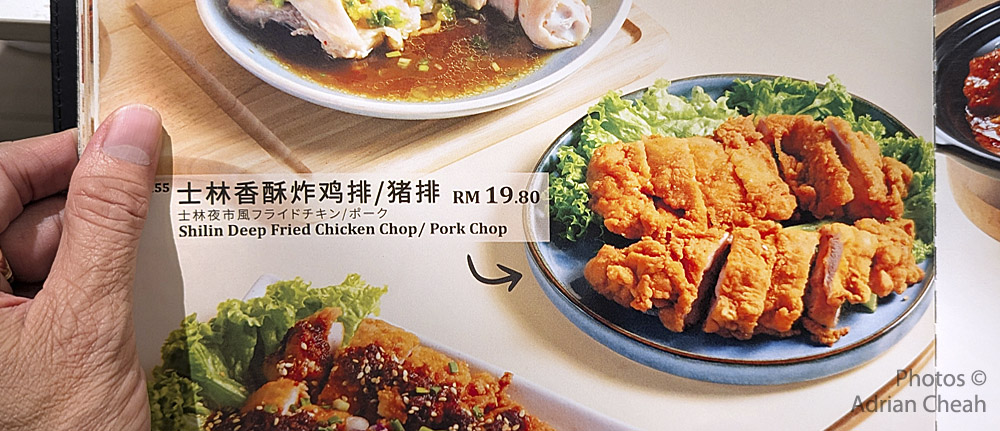
The first dish to arrive at the table was the deep-fried chicken chop (a pork option is also available) (RM19.80++), dusted lightly with chilli powder. The golden crust cracked audibly with each bite, releasing that familiar peppery aroma that is synonymous with Taiwanese fried chicken. The meat was juicy and tender, though it could have used a touch more seasoning. On the table, diners could help themselves to a house-made chilli paste that added a pleasant fiery kick, pairing especially well with the chicken.

As starters, we ordered the smoked duck buns (RM16.80++ for two) and the Taiwanese crispy scallion pancake (RM9.80++). Each soft, steamed bun sandwiched a slice of tender smoked duck breast with cucumber and fu chok (bean curd skin), lightly drizzled with a chilli sauce. I would probably skip these the next time around and go straight for the mains, as the portions are quite generous.

We ordered two bowls of the popular Taiwanese oyster mee suah (RM17.80++ each), a dish that brings the rhythm of night markets to the dining table. The vermicelli and plump oysters were served in a thick, starchy gravy, garnished with cilantro. Remember to add a splash of black vinegar and light soy sauce to your liking before tucking in. Kooi Aun and Oon Nee shared one bowl, while Yih Chuan had one to himself. I “stole” some from Kooi Aun and enjoyed it with a dollop of the house-made chilli paste, which gave the dish a pleasant lift of heat and flavour.
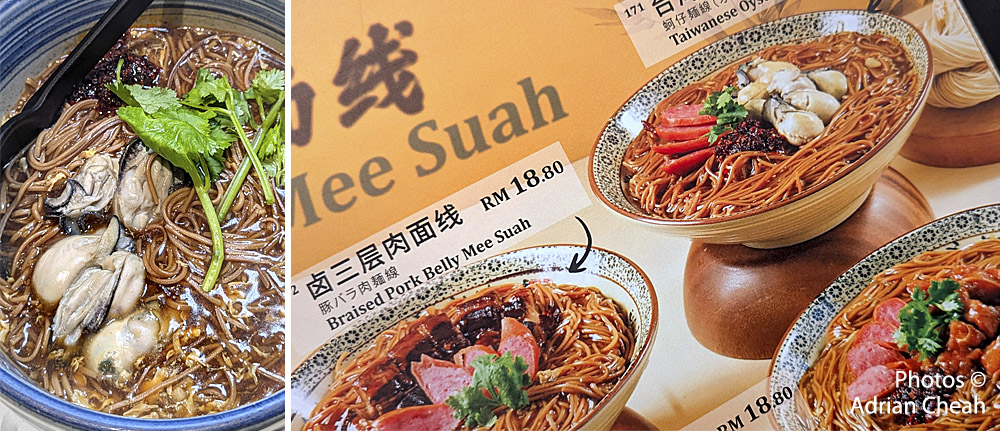
Oyster mee suah has deep roots that stretch back across the Taiwan Strait. The noodles themselves, known as "misua" in Hokkien, originated in Fujian province, where these noodles symbolised longevity and were often eaten during birthdays or festive celebrations. When Fujianese migrants settled in Taiwan centuries ago, they adapted the dish to the island’s coastal abundance. Fresh oysters, readily available from farms along the western shore, found their way into the silky noodles, and the broth was thickened for a richer texture. Over time, this simple adaptation became a Taiwanese favourite—a night market staple celebrated for its warmth and soul. Some versions also included braised pig intestines, giving the dish an even deeper, more robust note.
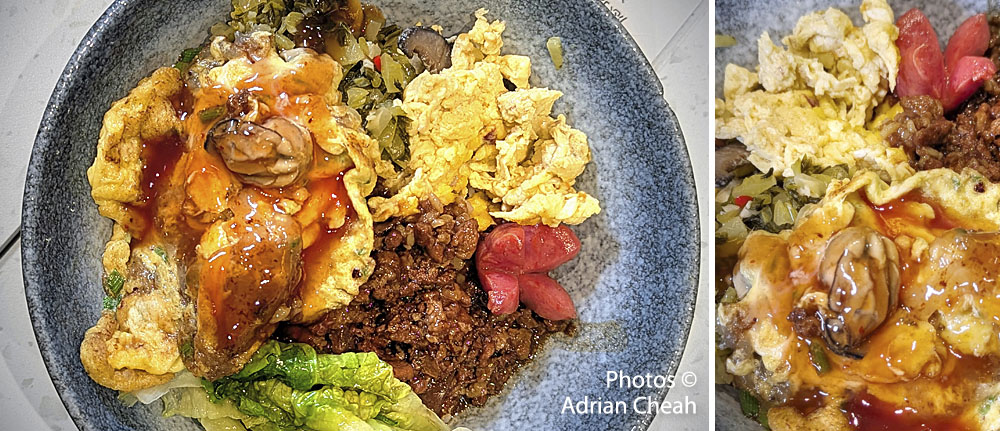
My friend Kean Seong had the pan-fried oyster omelette rice (RM18.80++). The familiar briny lemak-ness of oysters (three plump ones) sat atop a light, fluffy omelette, served alongside kiam chye (salted mustard greens), Taiwanese sausage, minced pork in soy sauce and a handful of greens over steamed white rice. It was a hearty yet comforting meal, packed with flavour and texture.
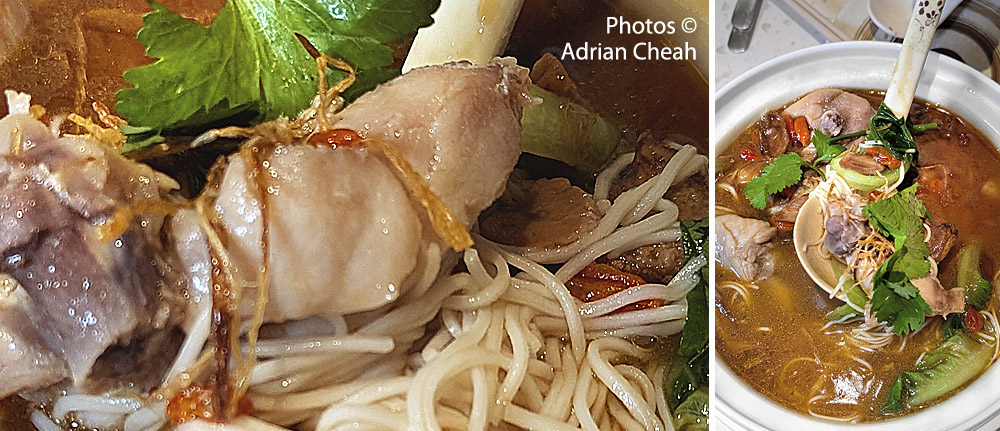
Annie, Leh Ping and Bee Loon wanted to try the mee suah soup with chicken and sesame oil (RM18.80++). The aroma of sesame oil rose like a whisper of home cooking. The broth was flavourful and the chicken pieces were tender. This is the kind of comfort food that soothes both the palate and the spirit, simple yet quite satisfying.
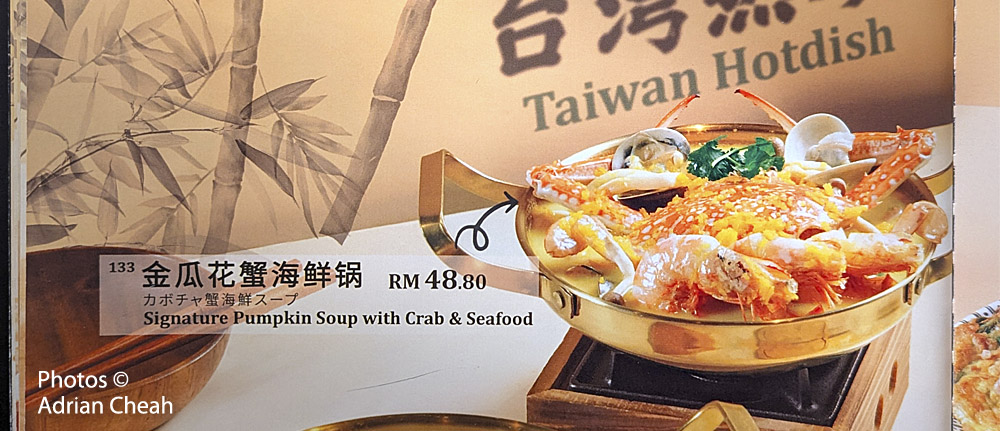
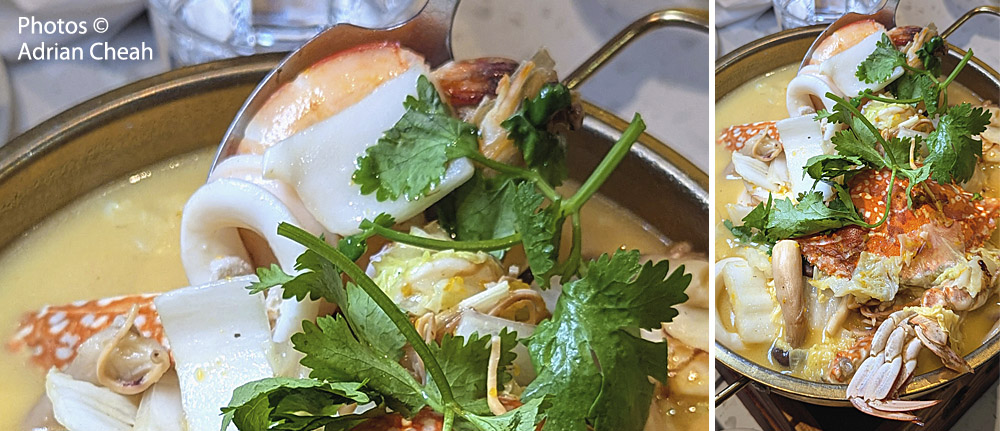
The highlight of the evening was undoubtedly the pumpkin soup with flower crab and seafood (RM48.80++ each). Tin Tin and I shared one bowl, while the other, with fish flesh and fish maw, was ordered for Annie, Bee Loon, and Leh Ping. They arrived at the table piping hot, each set over a small tea light to keep the soup warm. The pale, sun-yellow broth was umami-rich not just from the crab, prawns, squid, and clams, but also from the jiu hu see (shredded, rehydrated cuttlefish) that the chef had added for depth. The thin strands of cuttlefish and the natural sweetness of pumpkin came together with the ocean flavours of crab, prawns, and clams, each element enhancing the other. Generously portioned and comforting, it was my favourite dish of the night.
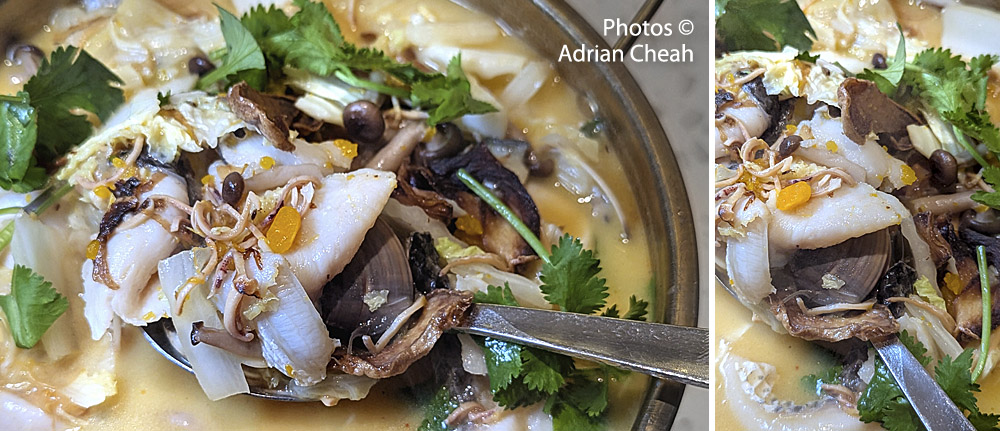
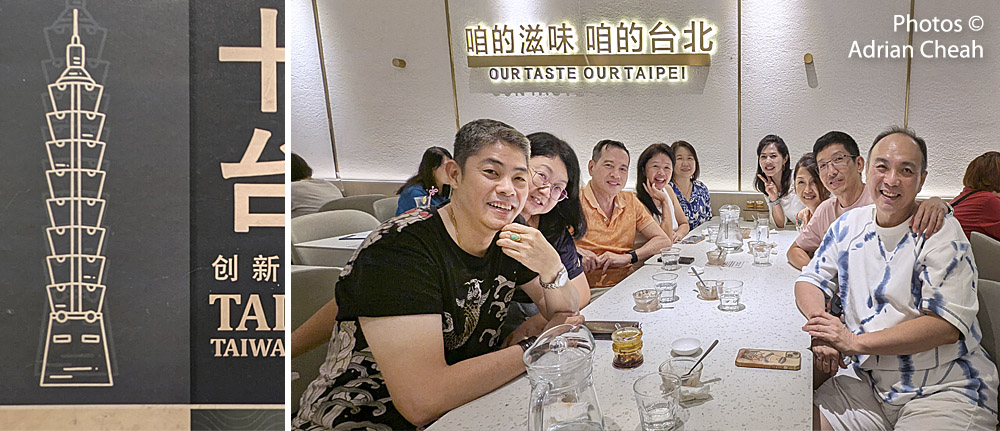
The service was swift, the flavours confident, and the prices were reasonable. As we left, I already knew I would come back, perhaps to explore more of its dishes, tempting desserts, and signature milk tea.
------------------------------------
Written and photographed by Adrian Cheah
© All rights reserved
Photographs taken with a Google Pixel
31 October 2025

Taipei 10
1-01-03, e-Gate, Lebuh Tunku Kudin 2, 11700 Gelugor, Penang
T: +6011–-5653 8710
Open daily: 11 am – 10:30 pm